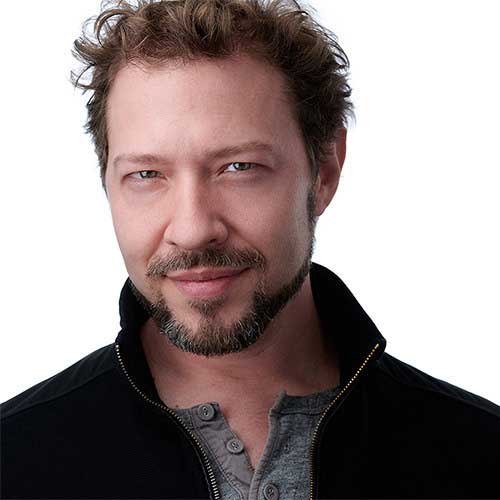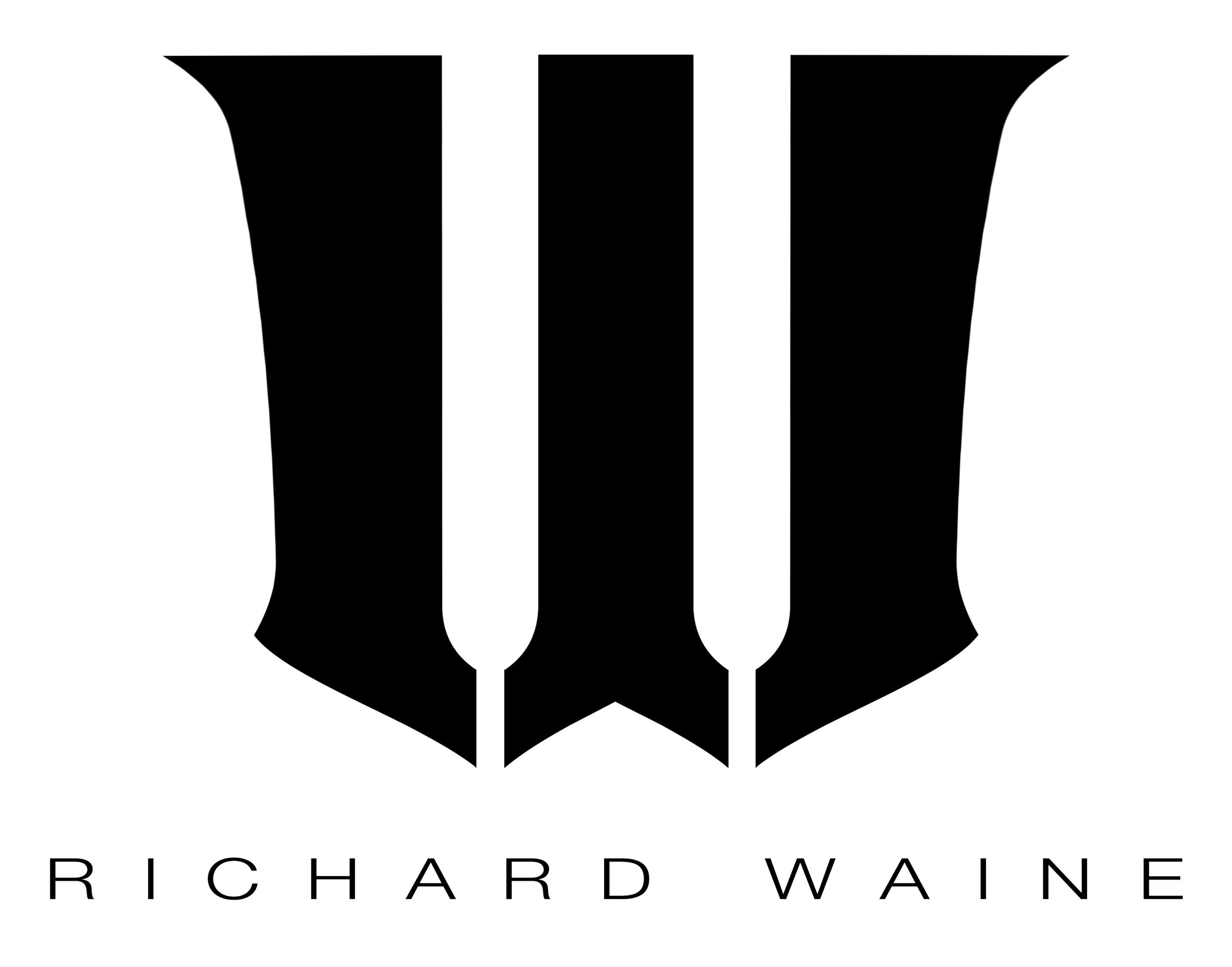Crafting a Headshot image
Headshots for Actors
A few months back, I had the distinct pleasure of meeting Jay, one of Lancaster's finest actors.
I met Jay through facebook, and we became fast friends. He was just a nice, easy going character, with a pleasant demeanor and a fantastic work ethic.
We talked a bit, and decided it would be great to meet up for a cup of coffee. I hopped in the car on a Saturday morning, and met him at a coffee shop not far from his house.
After having Jay in the studio for a professional headshot update, I decided that his new headshot would be great to use as an example for teaching purposes.

Most people tend to view a headshot and wonder why the subject looks a certain way. Why they appear "sneaky" or, why they aren't offering up a big toothy smile.
Also, somewhere along the way, it was decided that it would be a good idea to classify the various expressions into 2 specific categories: Theatrical and Commercial.
I have no idea how this notion came about, but I don't put a great deal of faith into that sort of characterization. The fact is, if someone is going to use their headshot image for professional purposes, it is a commercial image. Regardless of whether the subject appears sneaky, ticked off, happy, laughing, or anything in between, or whether the subject is an actor or entrepreneur, if it is meant to help them in their career, it is a commercial image.
Let's expand on that notion for a second. If Bob comes into my studio for a new headshot for social media and LinkedIn profiles, I would tend to think that he is concerned with the image he is currently projecting. In other words, he wants a fresh picture so that other people, and potential clients come away with a more positive impression of him. This could certainly affect Bob's bottom line, potentially increasing his revenue. This is as commercial as it gets.
The same thing holds true for an actor, like Jay. He is going to hand this headshot to a casting director, in the hopes of securing a role in a live theater production, film or television commercial. Whether his expression is big and toothy or sneaky, the image is meant to assist in putting cash in his pocket. Again, this is commerce...hence, commercial.
Here is the twist: It doesn't matter one iota what the world thinks. Commercial, theatrical, sneaky, happy, funny, miserable, or any other range of emotion, doesn't matter at all. What matters is how the image(s) resonate with my client's target audience, In Jay's case, a casting director or agent.
BUT....and I emphasize the BUT....
As a professional headshot specialist with many years of experience shooting only headshots, I have found that an expression showing confidence, approachability, look-ability, and likability, is the Promise Land!
Let's face it, people do business with people they like, and since an impression is formed within the first 7 seconds of seeing someone, your expression must be powerful enough to captivate a viewer and resonate with them.
Let's re-visit Jay's image. Notice how he isn't showing off all of his pearly whites?
Of course you did. You probably expected that he would show them off, or perhaps you think that he should. I decided against this for a few reasons:
It is really easy to appear over-eager if you bare a lot of teeth in an image. That isn't to say that I don't or won't shoot images showing teeth. I just believe that over-eager is not an impression I want my clients to make. My goal is to help my clients get (more) work.
This is where I get to wear my brand-strategist hat. I want my clients to appear likable, but not desperate. So, I coach and direct my clients to achieve an expression that shows confidence and likability.
Do you think that Jay looks like a likable fellow in the image? He certainly doesn't look like he's ticked off at the world, does he? Of course, some of that has to do with his eyes and how they work in combination with his mouth, but overall he gives the appearance of a pleasant fellow.
There are 40+ muscles in the human face, and most of them control the mouth. If anything will kill an expression it will be the mouth, so extra care was taken to ensure that we crafted a visual representation of Jay's message.
That message was simple: confident, pleasant, poised and bad-ass!
I think that we succeeded!
I coached Jay into presenting a small smile, where he wouldn't look miserable or desperate. We needed a happy medium, and we found it by flexing a few of those facial muscles, ever so slightly.
A wide eye can be interpreted as having a fearful (or freaky) expression. While I have heard rumors that a wide eye shows off more of the iris, I don't subscribe to such a thought. Plainly, Jay is squinching.
A squinch is a narrowing of the distance between the lower eyelid and the pupil. It’s not a squint. Rather, it is a pinching of the lower eyelids. This will enhance the level of confidence the subject exudes, while maintaining the presence of the iris.
Throwing a squinch into a picture will almost always make the subject look cooler, more poised and more confident.
The last key ingredient to Jay's expression is personality and interaction. Jay took direction really well, but eliciting a reaction is dependent on the rapport built throughout the session. We had a good time talking and laughing, and making incredible images.
